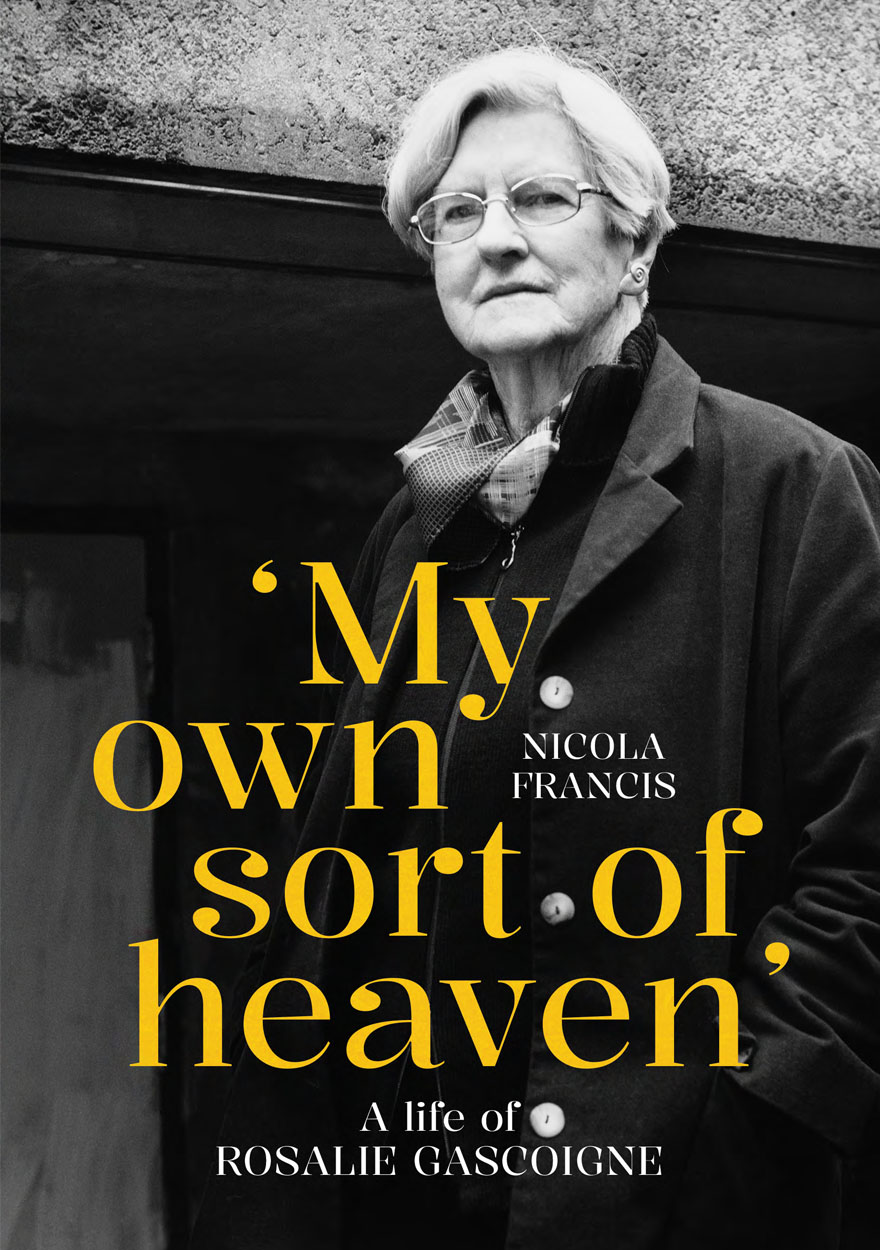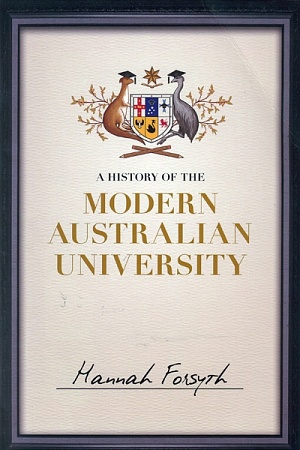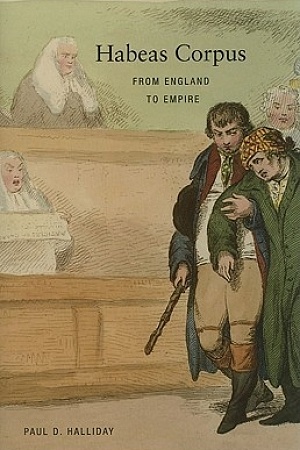Our Side of the Country
Methuen Haynes, 250 pp, $9.95 pb
Our Side of the Country by Geoffrey Blainey
Somebody recently told me that Geoffrey Blainey wrote much of the text of this history of Victoria while travelling in aircraft. If true, Blainey has an enviable knack of finding seats with elbow room, but otherwise there’s no reason to complain. Sir Charles Oman, the great military historian of the Napoleonic wars, was said to have drafted one book during a summer spent waiting for connecting trains at French railway stations. Those fortunate enough to possess a lot of intellectual capital should make the most of it. In the central four chapters of social history, perhaps the most satisfactory part of this book, Blainey cites his evidence as ‘the accumulation of years of casual reading of old newspapers, looking at historic sites and talking with old people’. Disarmingly, he adds: ‘Most of the explanations of why change came are probably my own’.
Well, yes; Blainey’s trademark is unmistakeable. And most of the strengths of this book reflect his known interests: precontact Aborigines, mining, technology, transport, Aussie rules football (Geelong makes a showing, naturally), climate, and environment. The narrative skills are as good as ever, a blend of the short sentence, the simple phrase, the enlivening touch drawn from oral history, the use of vivid detail appealing to the eye and ear. Striking stonemasons march on ‘a burning hot day’; the shearer of 1870 ‘liked to talk about racehorses and cracked his whip when exuberant’. He shows his flair for lighting on underexplored facets of our history, such as the nineteenth-century links between Melbourne and Dunedin or the work of inventors such as A.G.M. Mitchell. There are nuggets of fascinating detail: Victorians invented the word ‘lolly’, Walter Lindrum’s tombstone is shaped like a billiard table.
Continue reading for only $10 per month. Subscribe and gain full access to Australian Book Review. Already a subscriber? Sign in. If you need assistance, feel free to contact us.














Leave a comment
If you are an ABR subscriber, you will need to sign in to post a comment.
If you have forgotten your sign in details, or if you receive an error message when trying to submit your comment, please email your comment (and the name of the article to which it relates) to ABR Comments. We will review your comment and, subject to approval, we will post it under your name.
Please note that all comments must be approved by ABR and comply with our Terms & Conditions.